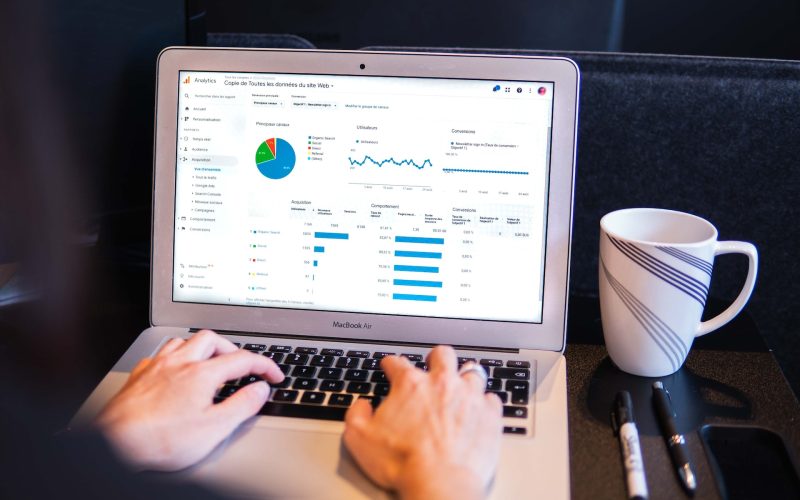In recent years, we have been relying more and more on artificial intelligence or complex analytics, and advertising is another great example of that. However, just two decades ago, digital advertising didn’t have such aids, and marketing campaigns had to be created and executed without the help of programmatic advertising. When did that change? Let’s find out!
The birth of programmatic advertising
Any changes in marketing or advertising tend to be gradual, and they are introduced to the environment over time – only when you look back, you do realize that the situation has changed a lot. The story of programmatic advertising is similar. It all began with static banner ads, then evolved to the first ever ad server and finally reached the birth of Google AdWords and later Google’s AdSense.
The basics of programmatic advertising
What is programmatic advertising? To put it simply, it’s an automated system that supervises the transactions that allow you to buy and place ads on websites or apps. Overall, programmatic advertising utilizes real-time data and algorithmic software to create a highly efficient platform, which enables buying and selling of ad space and increases impressions. That, of course, leads to precisely targeted and placed ads and higher ROI for marketers.
How does programmatic advertising work?
A programmatic advertising system is a tool that links publishers and marketers and allows them to automate the process of buying ads and managing online campaigns. It all began when publishers wanted to monetize their inventory, and the introduction of AdSense enabled them to offer advertising space on their websites. Of course, that resulted in the creation of various SPAM websites at first, but after Google’s Panda Update for search optimization, the first real-time bidding came into our lives. It allowed programmatic advertising companies to become more data-driven and focus on automation. Removal of the human factor automated the process and influenced more efficient and effective advertising with the reduction of costs.
Which programmatic advertising trends should you know?
Even though the evolution of programmatic advertising is still happening, there are several popular trends that you should know about.
- General process automation
Automation has reached marketing and advertising as well, and for a good reason. It benefits everyone, including owners of programmatic platforms and websites and companies aiming to promote their content online. Thanks to automation, you don’t need to discuss how and when ads should be displayed, and the overall performance of advertising content increases.
- Contextual targeting
Programmatic advertising improves user experience too, and one example is contextual targeting, which provides users with ads that are closely related to the content they are currently looking at.
- Video advertising
Video traffic on the internet rises every year, and it also starts to be even more relevant to clients. Short videos are one of the most well-liked forms of consuming content, and thanks to programmatic advertising techniques, you are able to show these video ads to the right audiences. When used and optimized correctly, video ad campaigns can allow brands to utilize their content way more efficiently.





